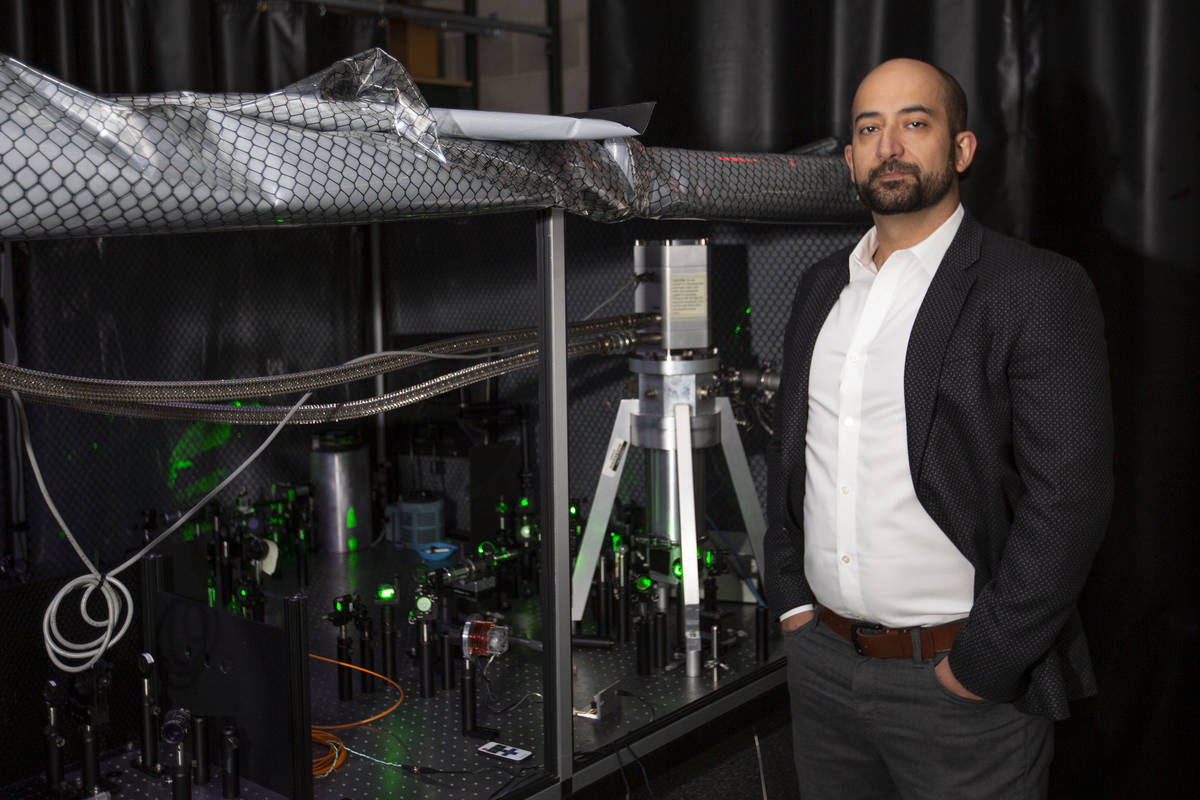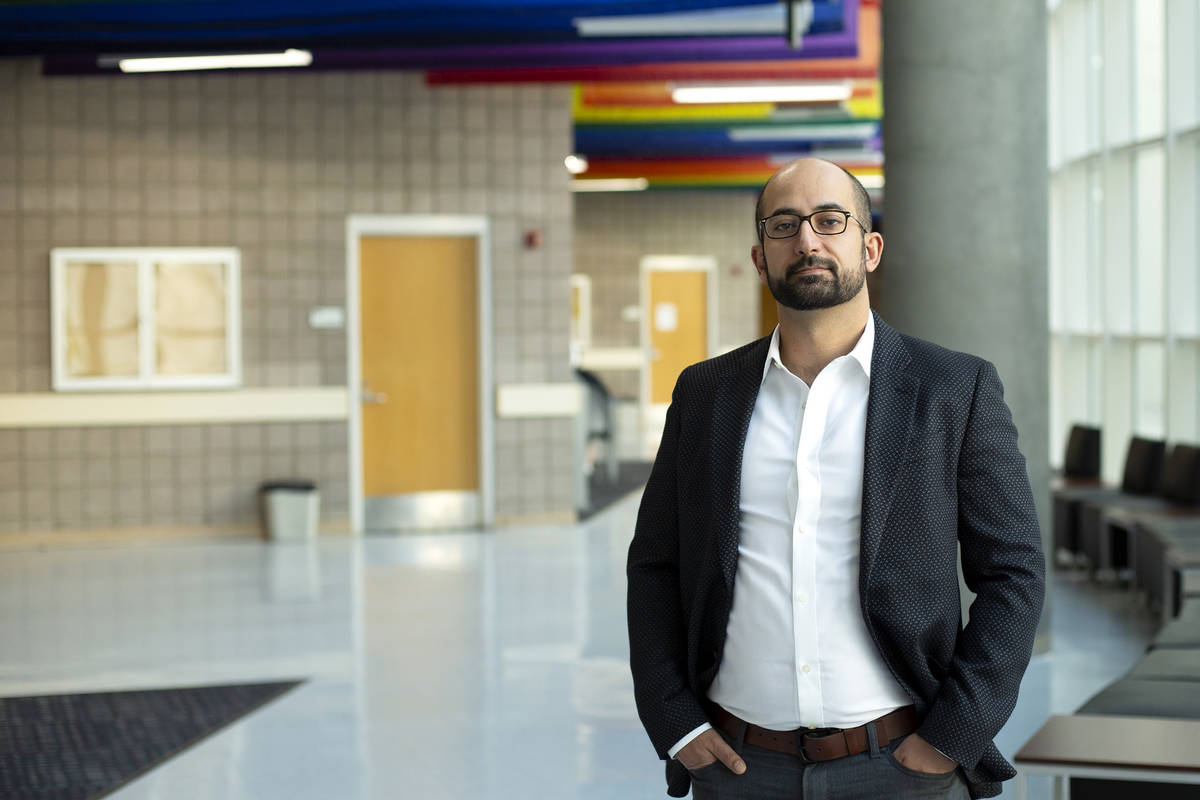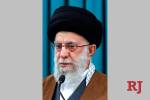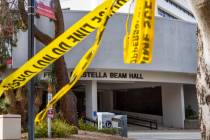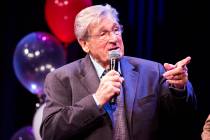UNLV physicist helps with groundbreaking superconductivity research
A UNLV professor is getting accolades for a research milestone that could have major implications for energy efficiency.
Ashkan Salamat, an assistant professor in the department of physics and astronomy at UNLV, and University of Rochester physicist Ranga Dias established room-temperature superconductivity in a diamond anvil cell, a research device that allows for compressing materials to extreme pressures.
Their discovery — reported Oct. 14 as the cover story in the scientific journal Nature — has “implications for how energy is stored and transmitted” and how technology devices such as MRI machines and laptop computers are powered, UNLV said in a news release.
Materials chemist Russell Hemley of the University of Illinois at Chicago, who was not involved with the research, told Science News that the team’s results “are nothing short of beautiful.”
Salamat, who leads the Nevada Extreme Conditions Lab at UNLV, told the Review-Journal on Wednesday that establishing room-temperature superconductivity is an important milestone in fundamental science. “Our ambitions are to lower the pressure and drive this into technology.”
He said he aims to do this work in Nevada and wants to see prioritizing science as something the state could be proud of. Salamat and Diaz recently formed a company called Unearthly Materials.
Superconductivity was first observed in 1911, but only at extremely cold temperatures, “which would make widespread and practical application unattainable,” UNLV said in the news release. “In 1968, however, scientists predicted that metallic hydrogen — accessed at very high pressures — could be the key ingredient to discovering superconductivity at or above room temperature.”
One of the hallmark properties is zero electrical resistance, Salamat said. “If we could translate that into technology, it would revolutionize the energy grid.”
The U.S. electric grid, made of metallic cables, sees losses of about $20 billion per year, he said. Room-temperature superconductivity would revolutionize the way energy is transmitted. “It’s an absolute game changer,” he said
After completing his doctoral degree in physical chemistry at University College London in 2010, Salamat did postdoctoral work at the European Synchrotron Radiation Facility in France and Harvard University.
Salamat has been at UNLV for five years. When he was hired, the university was one of only a few places in the world with a dedicated center specializing in his field of research, he said Wednesday.
Last year, he received an Early Career Award from the U.S. Department of Energy’s Office of Science. The award provides about $150,000 annually for five years in financial support for his research. Salamat was also one of this year’s recipients of the Regents’ Rising Researcher Awards, presented by the Nevada System of Higher Education’s Board of Regents.
UNLV, which has about 31,000 students, received R1 research status in 2018 by the Carnegie Foundation for the Advancement of Teaching for “very high research activity.”
Contact Julie Wootton-Greener at jgreener@reviewjournal.com or 702-387-2921. Follow @julieswootton on Twitter.



